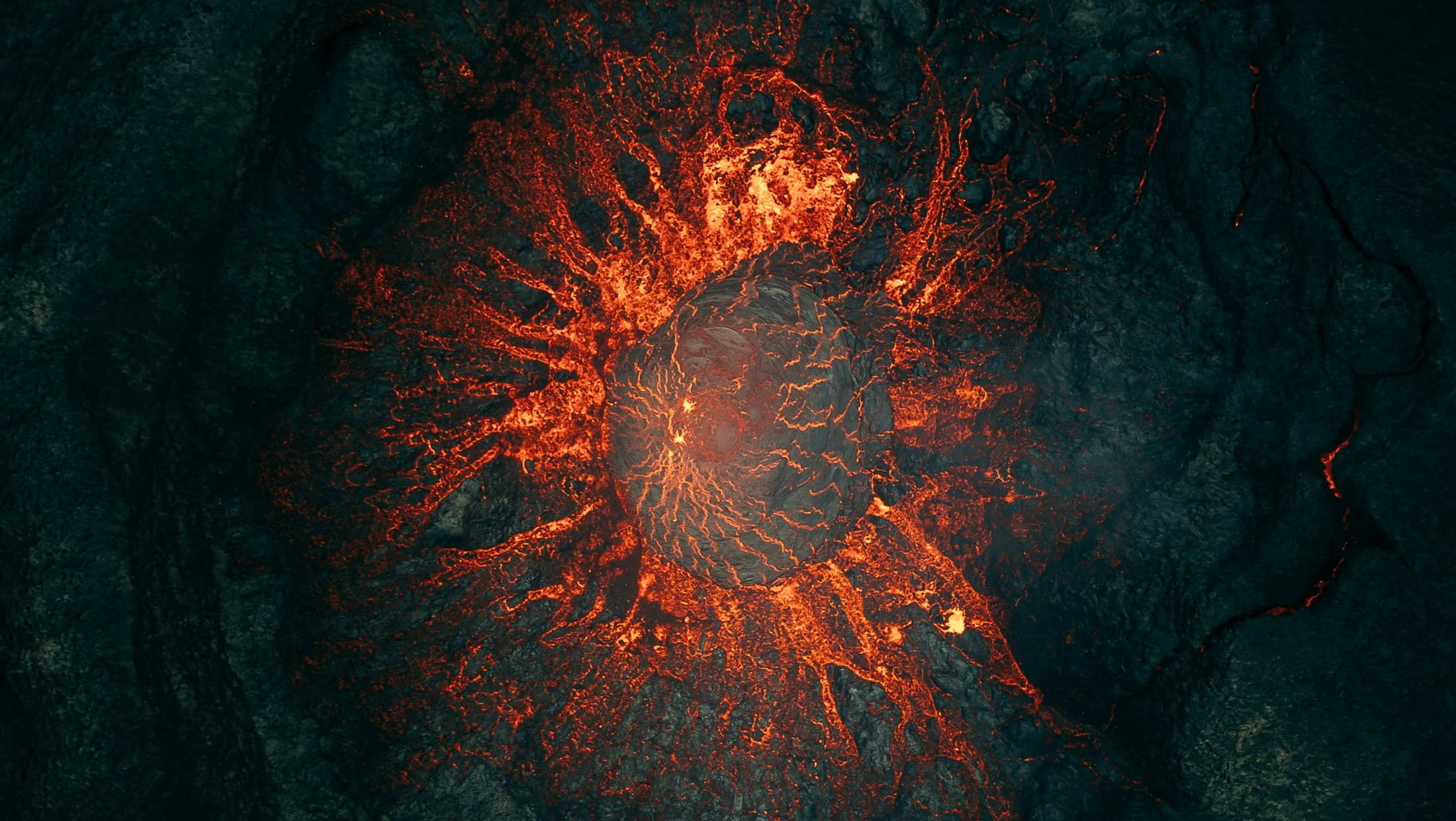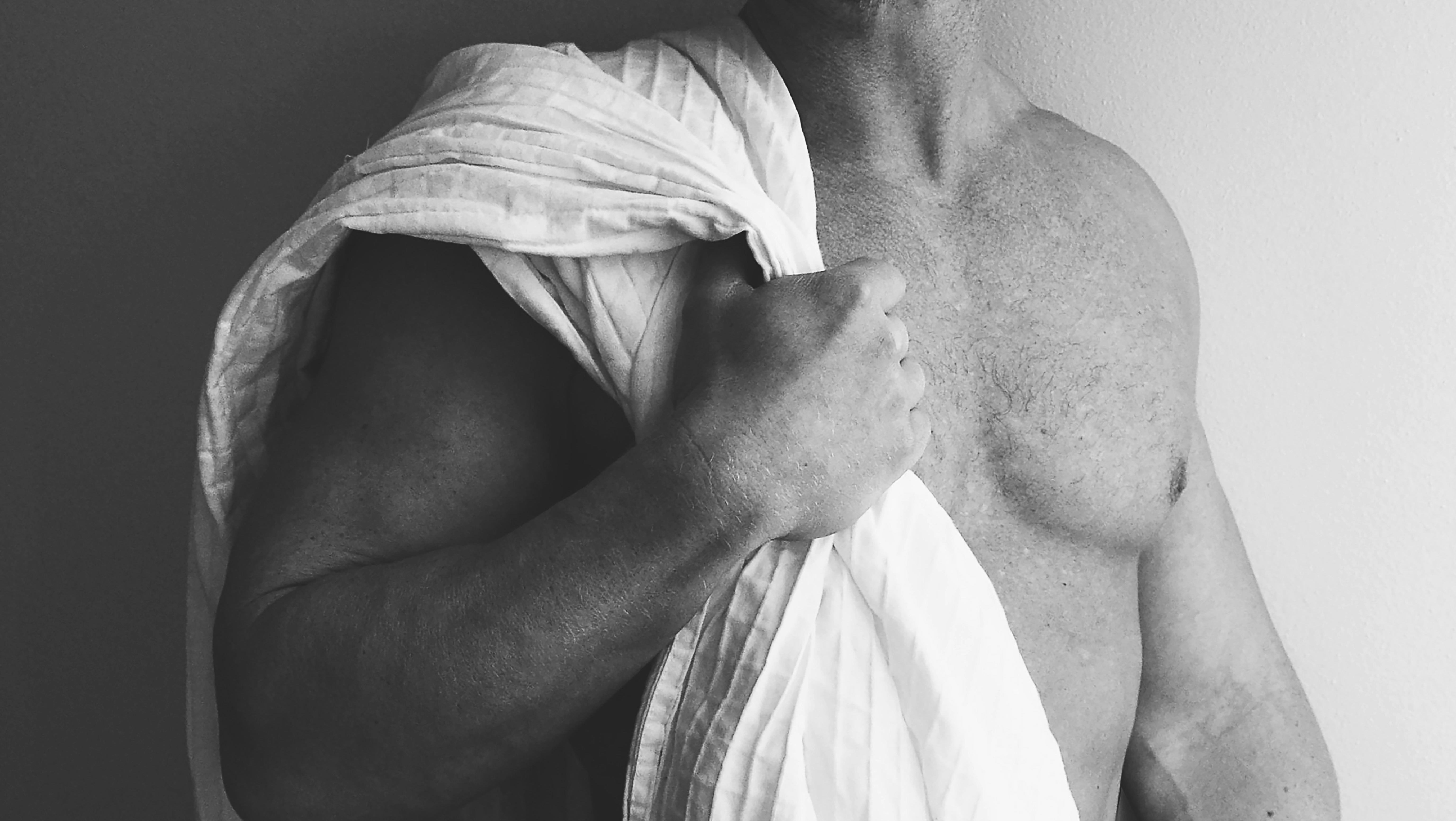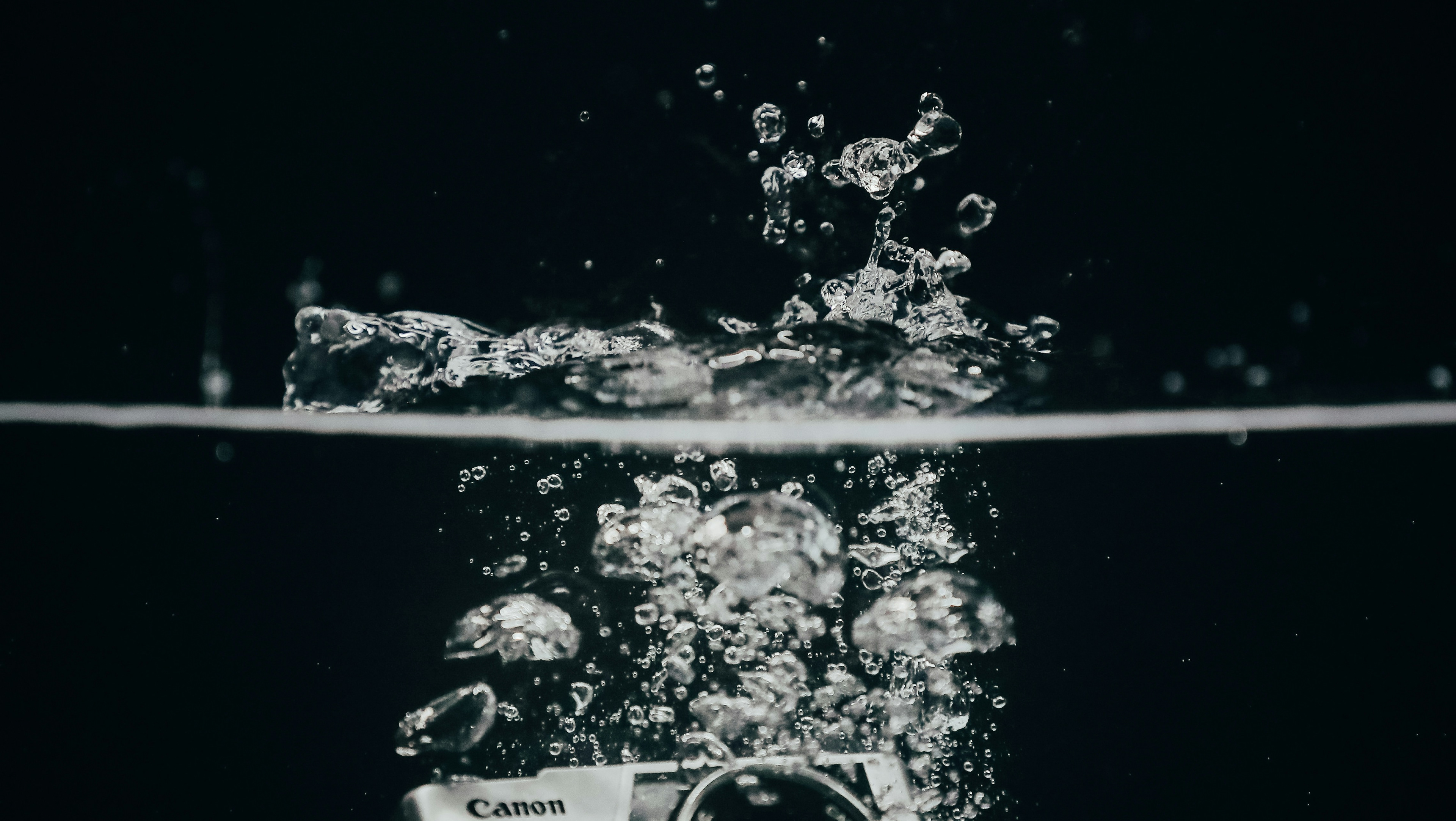There’s a quiet arrogance among land photographers. They believe they’ve mastered light, learned patience, conquered chaos. Then they take a camera underwater-and reality crushes them faster than the pressure at thirty meters. Because underwater photography isn’t just about color correction or cute reef fish. It’s about surviving an environment that doesn’t want you, your camera, or your equipment to exist. Thirty meters below the surface, light dies, color lies, and every button you touch could be your last. Welcome to the most unforgiving form of photography there is.
The Illusion of Depth
At first glance, underwater photography looks magical. Ethereal light beams, weightless movement, shimmering blues. But those images are lies of omission. At thirty meters, the ocean strips color like a thief. Reds vanish first, then oranges, then yellows. By the time you hit thirty meters, everything is green, blue, or black.That beautiful coral shot you saw on Instagram? It was either taken with $2,000 worth of artificial lights-or rescued in post with digital necromancy. The ocean doesn’t care about your artistic vision. It swallows it whole.
The Pressure Problem
Let’s talk physics. At thirty meters, the pressure is four times greater than on land. That means your camera housing, seals, buttons, and lenses are all being crushed, millimeter by millimeter. One weak O-ring, one hairline crack, one forgotten latch-and the ocean floods in, ending a career in seconds.
Photographers don’t brag about “what camera they use” down here. They brag about what survived. Saltwater eats everything. Lubricants turn to sludge. Screws corrode. LCD screens fog. Even professional housings-those $3,000 aluminum beasts-can implode if improperly sealed.
And when they do, you won’t just lose your camera. You’ll lose your air trying to rescue it.
Photographers don’t brag about “what camera they use” down here. They brag about what survived. Saltwater eats everything. Lubricants turn to sludge. Screws corrode. LCD screens fog. Even professional housings-those $3,000 aluminum beasts-can implode if improperly sealed.
And when they do, you won’t just lose your camera. You’ll lose your air trying to rescue it.
The Light That Lies
Every photographer knows light is everything. Underwater, it’s a traitor. It bends, scatters, and disappears without warning. Sunlight behaves like gossip-it gets distorted the deeper it goes. Without strobes or video lights, you’re shooting in a world where everything is tinted cyan and shadows eat details whole.
At 30 meters, you don’t expose for highlights or shadows-you expose for survival. You work with powerful strobes, sync cables that refuse to cooperate, and batteries that die faster than your dive time. Your composition must be instant, intuitive. Miss the moment, and it’s gone forever-along with your oxygen.
At 30 meters, you don’t expose for highlights or shadows-you expose for survival. You work with powerful strobes, sync cables that refuse to cooperate, and batteries that die faster than your dive time. Your composition must be instant, intuitive. Miss the moment, and it’s gone forever-along with your oxygen.
The Gear Graveyard
Underwater photographers live in a state of constant gear grief. Salt kills. Moisture kills. Pressure kills. Even condensation inside the housing can fog a lens and ruin every shot.
Cameras don’t like being submerged. Even “waterproof” action cams have limits. Professional divers use DSLRs or mirrorless bodies locked inside heavy-duty housings, armed with dome ports the size of helmets. The gear list reads more like a space mission than a photo shoot: desiccant packs, leak detectors, vacuum seals, dual strobes, floating arms, ballast weights, moisture alarms.
Cameras don’t like being submerged. Even “waterproof” action cams have limits. Professional divers use DSLRs or mirrorless bodies locked inside heavy-duty housings, armed with dome ports the size of helmets. The gear list reads more like a space mission than a photo shoot: desiccant packs, leak detectors, vacuum seals, dual strobes, floating arms, ballast weights, moisture alarms.
And yet, even with all this tech, one misplaced grain of sand in the seal can drown your setup faster than you can say “ISO.”
The Human Factor
It’s not just your gear that’s suffering—you are. Breathing through a regulator while framing a shot isn’t natural. Your buoyancy shifts with every exhale. Your body temperature drops. Your brain races between focus, exposure, and oxygen levels. You’re not just fighting composition—you’re fighting biology.
Divers know that every minute counts. You can’t spend twenty minutes adjusting settings. Nitrogen builds up in your blood; your dive computer reminds you that time isn’t flexible. The deeper you go, the shorter your shoot.
And when something goes wrong—and it always does—you can’t just surface instantly. You have to ascend slowly or risk decompression sickness. The ocean punishes impatience.
Divers know that every minute counts. You can’t spend twenty minutes adjusting settings. Nitrogen builds up in your blood; your dive computer reminds you that time isn’t flexible. The deeper you go, the shorter your shoot.
And when something goes wrong—and it always does—you can’t just surface instantly. You have to ascend slowly or risk decompression sickness. The ocean punishes impatience.
The Myth of Mastery
Some call underwater photography a test of skill. It’s not. It’s a test of humility. You’re not in control; you’re tolerated. You can’t command waves or dictate light angles. You can only react.
Every photo is a negotiation between physics, patience, and panic. The most experienced divers still lose equipment. The most advanced cameras still fail. The difference is, professionals don’t fight it—they adapt.
Every photo is a negotiation between physics, patience, and panic. The most experienced divers still lose equipment. The most advanced cameras still fail. The difference is, professionals don’t fight it—they adapt.
They shoot fewer frames, with greater intent. They pre-visualize every composition before descending. They know that the best underwater shot isn’t necessarily the sharpest—it’s the one that survived.
When the Ocean Decides
The ocean gives and takes without emotion. You can plan for weeks, test your housing, triple-check your seals—and one rogue current or careless fin kick can ruin everything.
That’s the paradox that keeps photographers coming back. The ocean doesn’t play favorites, but sometimes, for a split second, it rewards the brave. A whale drifts into frame. A manta passes through a shaft of light. A diver exhales a perfect spiral of bubbles. You capture it—and for a moment, you’ve recorded something sacred.
Then your camera floods, your dive is over, and you realize: you traded thousands of dollars and hours of work for a few seconds of transcendence. And somehow, it feels worth it.
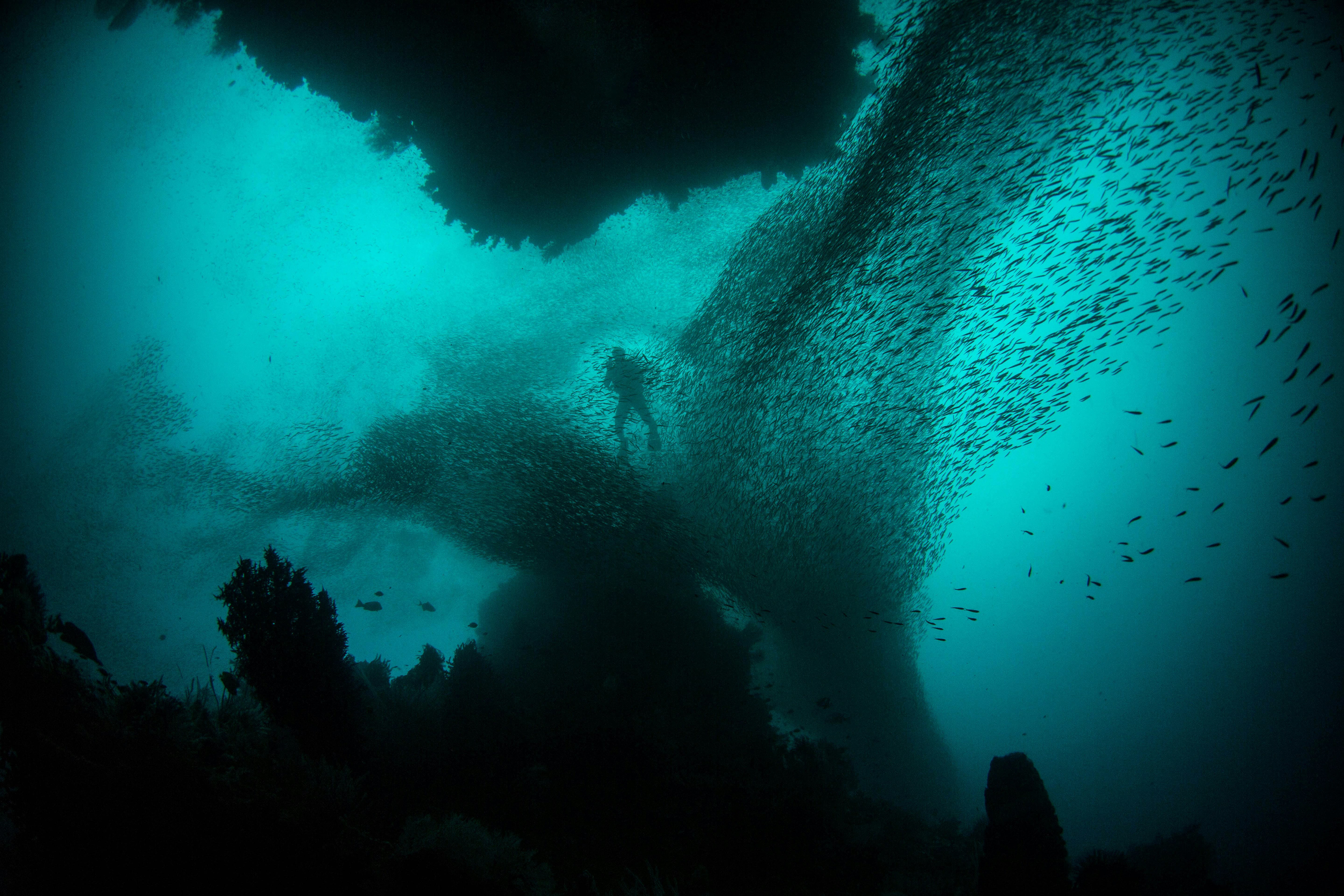
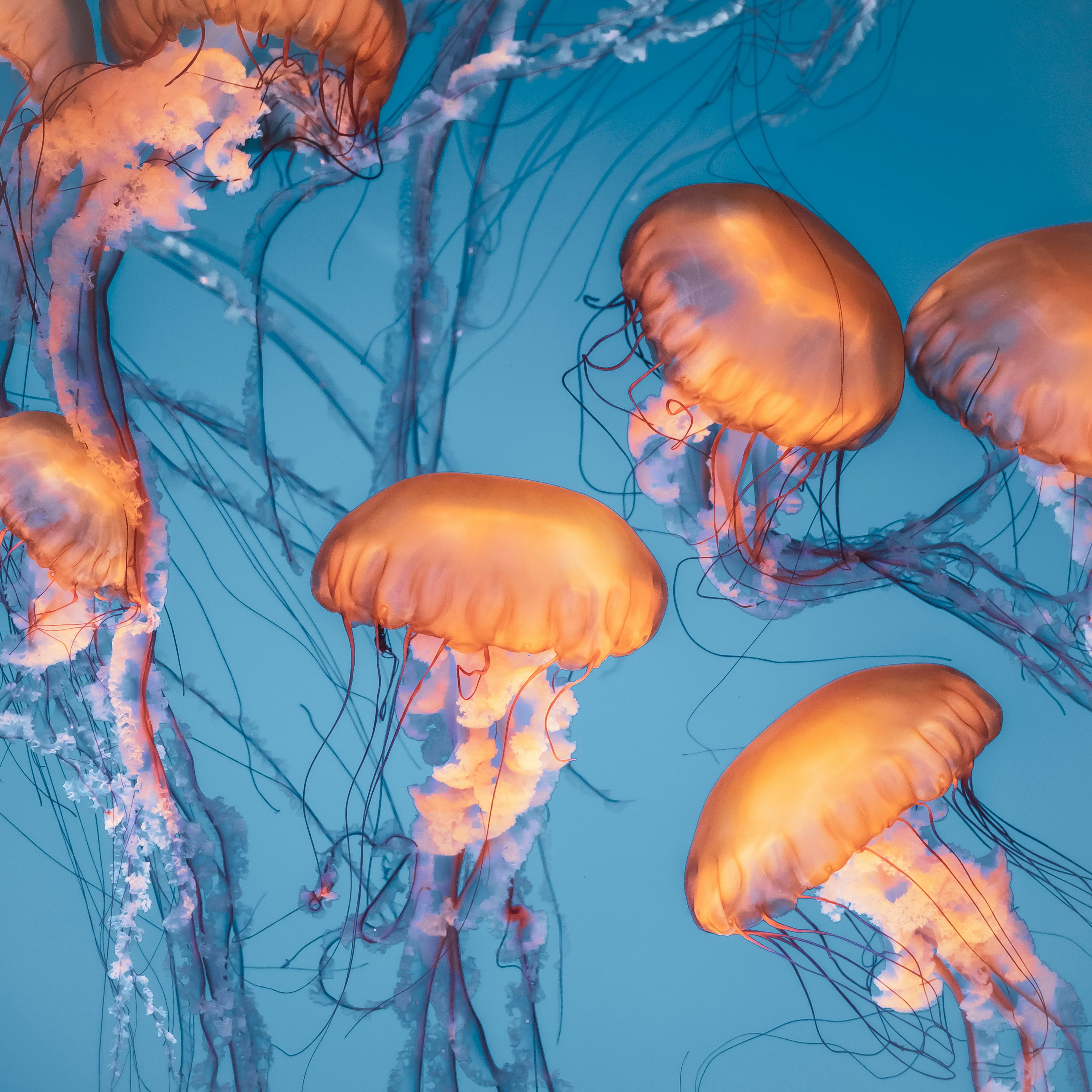
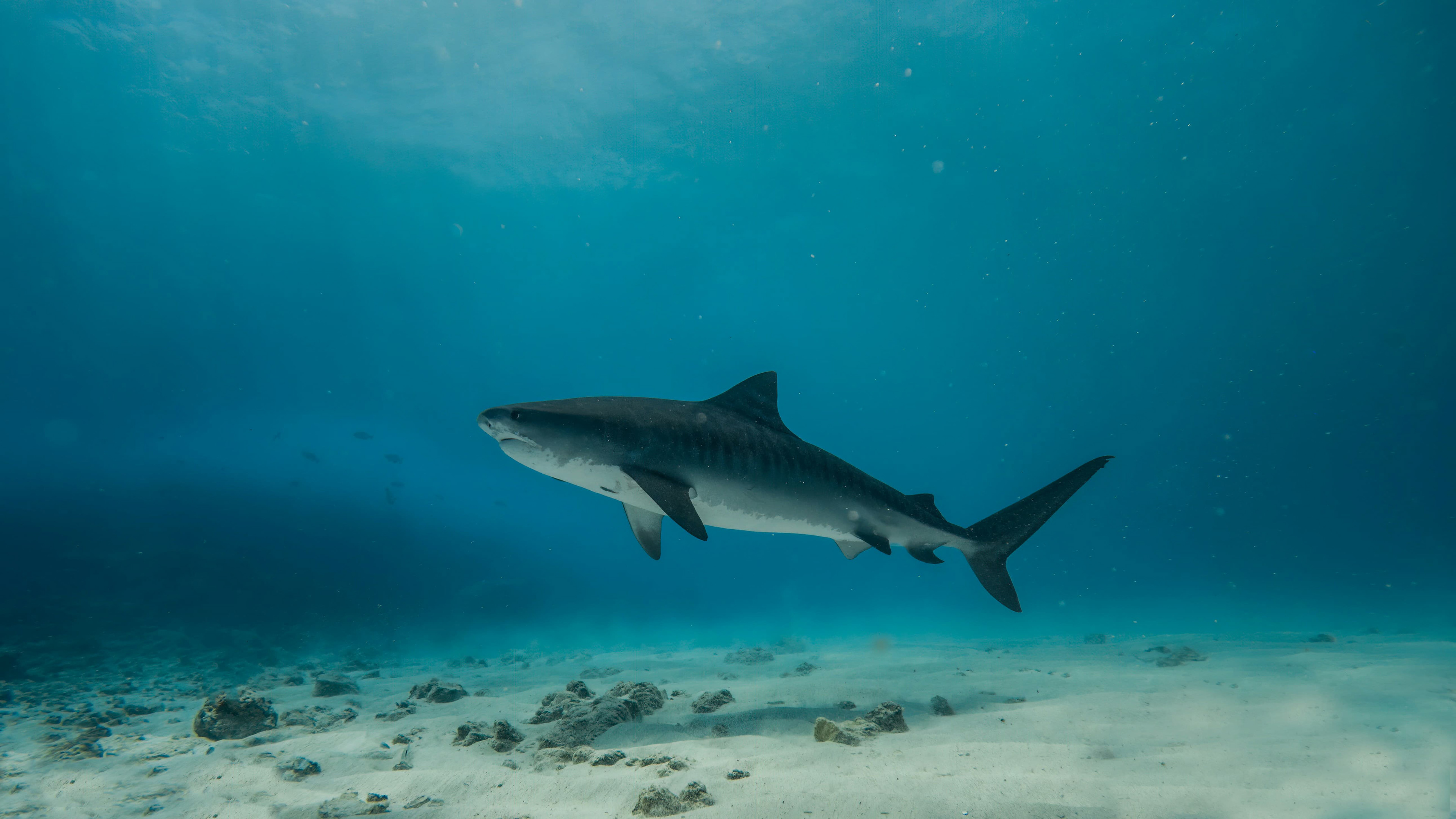
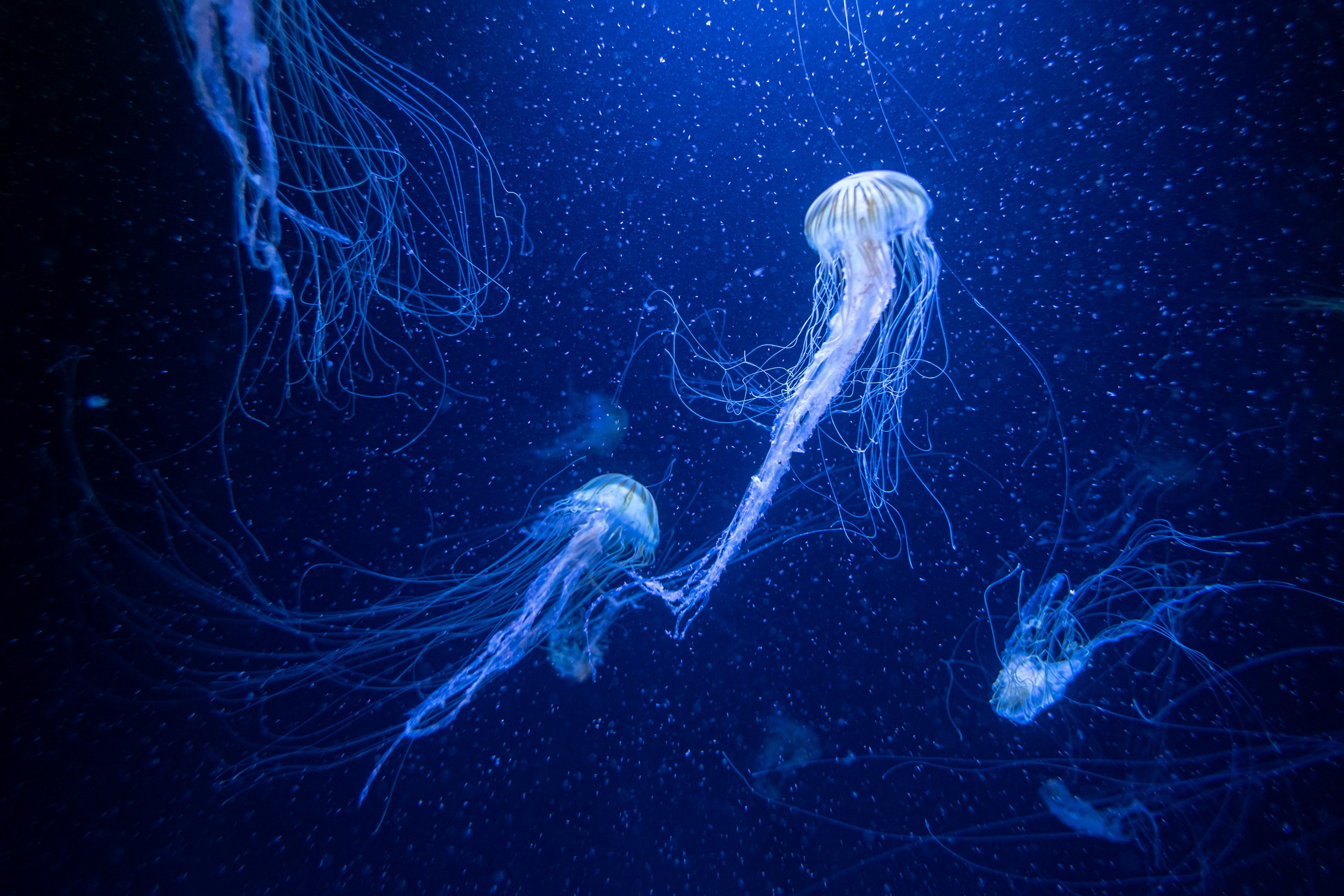
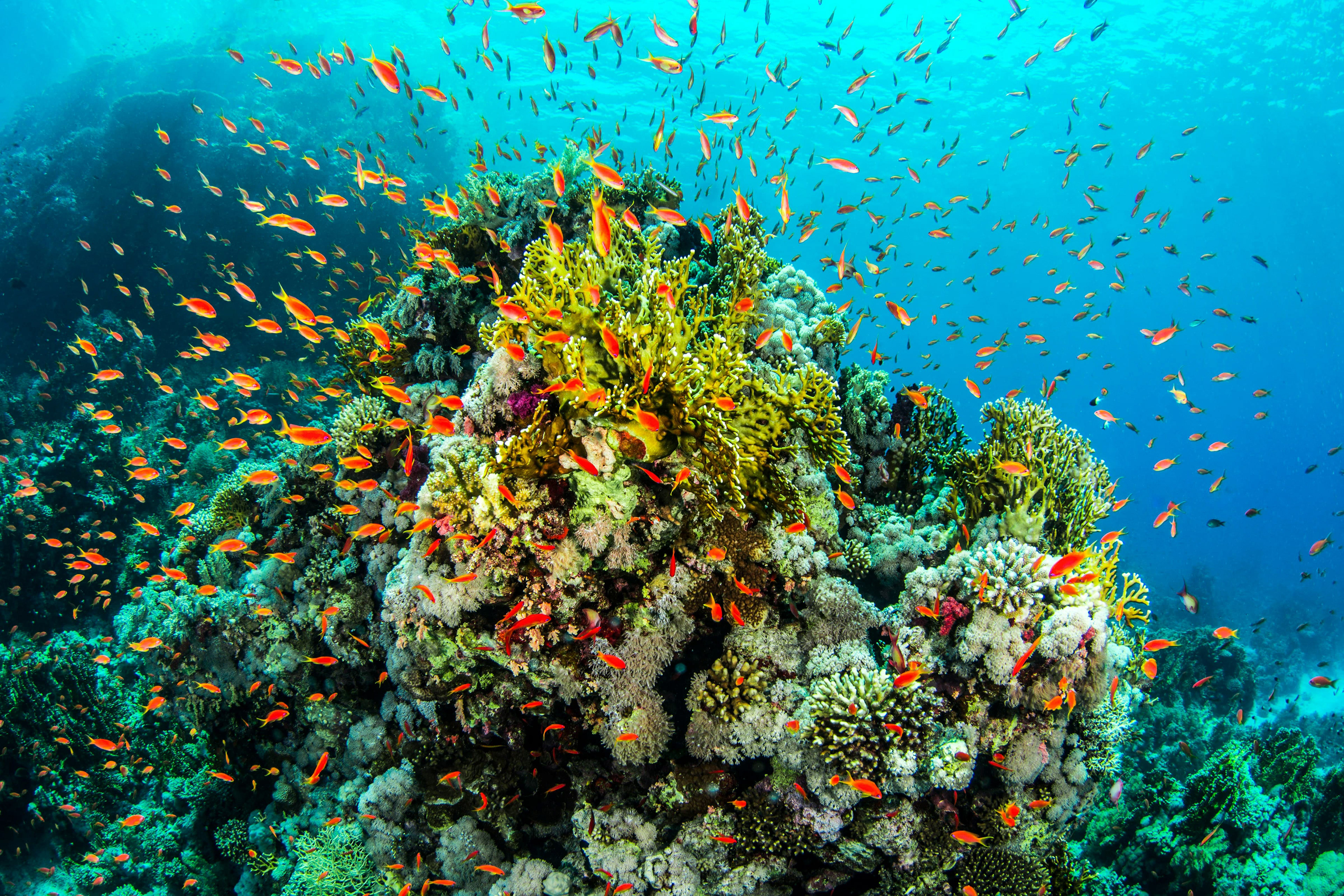
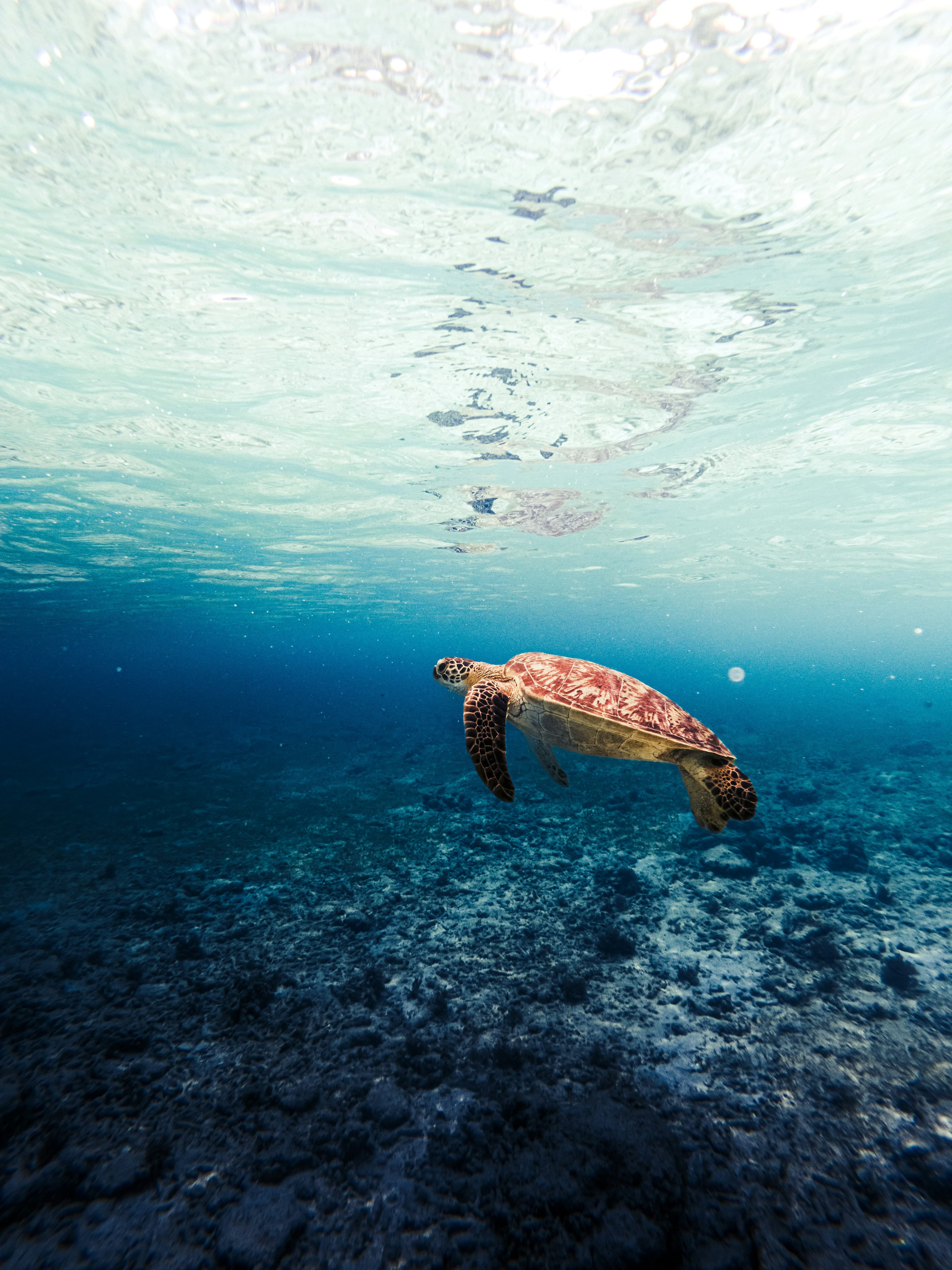
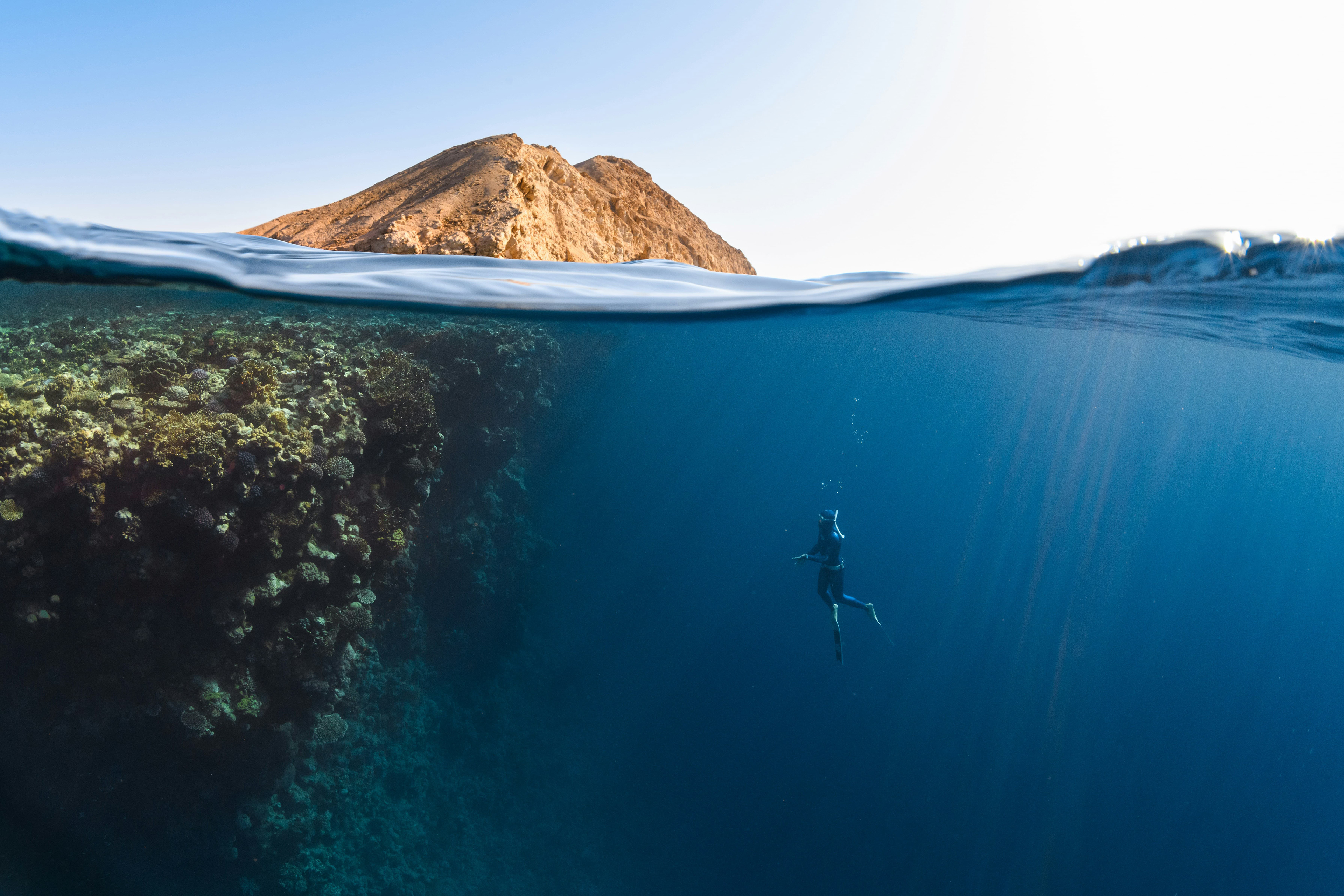
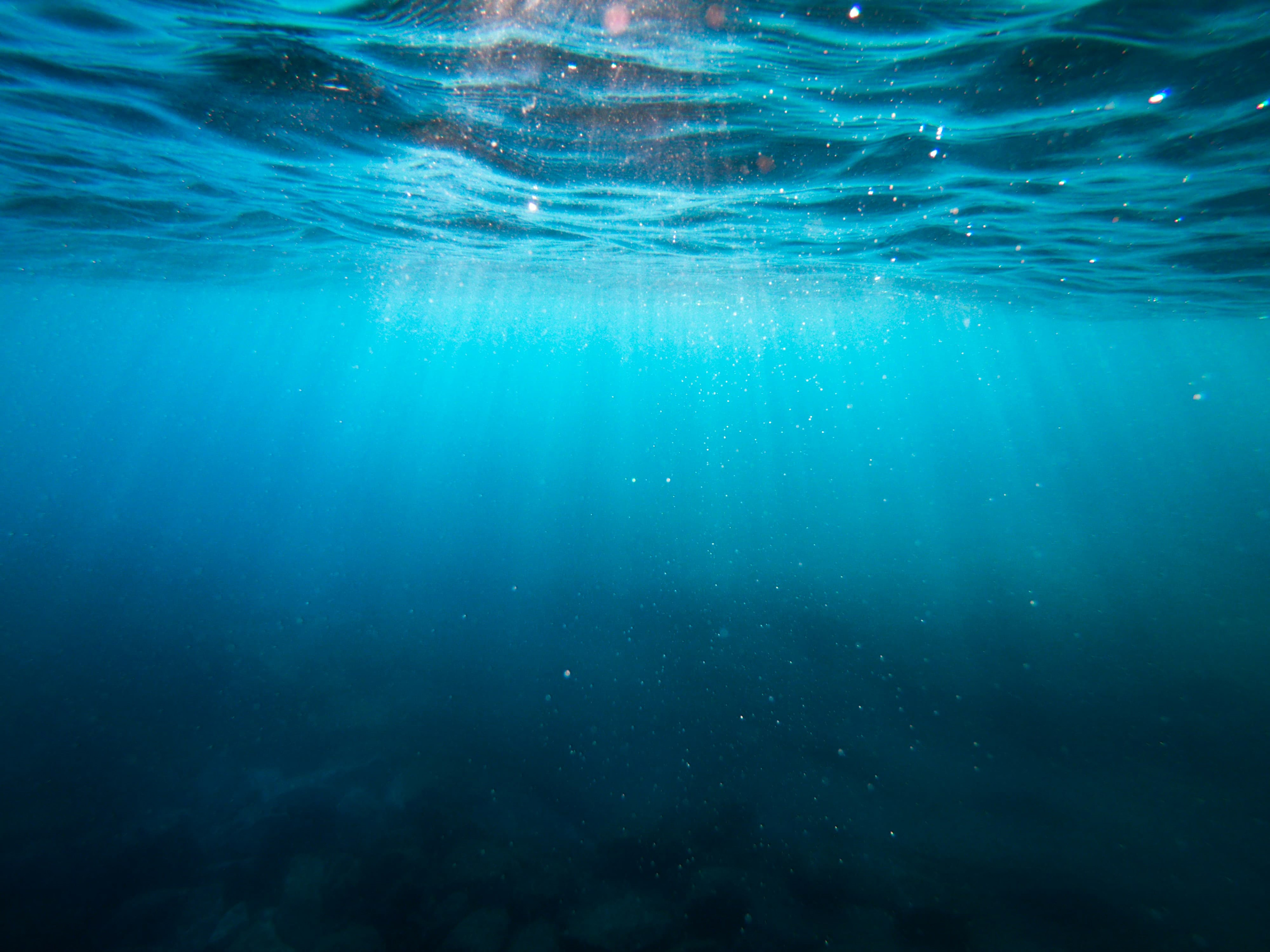
Final Word
At thirty meters, there’s no audience, no likes, no applause—only silence, gravity, and light trying to survive extinction. That’s why underwater photography still matters. It reminds us that real photography is fragile. That it’s earned, not automated. That every click is a small rebellion against the elements.
The ocean will always win in the end. But while your camera still works, while your lungs still hold air, and while that last sliver of light cuts through the blue—there’s still one more frame worth taking.

